So you wanna build a coupon stockpile and stop paying full price for groceries, eh? Smart move, friend.
Couponing stockpiles are not just for people with big families or who have loads of room to store random boxes of oatmeal. The strategy is to buy items when they are at their lowest price possible (with sales, coupons, etc.) so you never have to pay full price. There’s nothing like that glorious feeling when you think you’re out of toilet paper, but then you remember you’ve got an extra package on hand that you paid almost nothing for.
Get ready to learn how to build your own stockpile without blowing your weekly budget.
Use the KCL stock-up price list and know how to read deals.
When it comes to building a coupon stockpile, the name of the game is knowing when to buy.
The KCL Stock-Up Price List will tell you what prices to aim for when you see a good deal. It’s like a map to discover at what price point you should stock up on each item. There’s another way to do this too….
Register for and use store loyalty programs (especially drugstores!).

If you’re serious about stockpiling, signing up for the CVS, Walgreens, and Rite Aid rewards programs is a must. Here’s why:
All three major drugstores offer rewards points in exchange for buying certain products, which are advertised weekly in the store ad.
When you combine a sale with a coupon and store loyalty points or promotions, you can come out paying very little for household staples you want to have on hand. Plus, you’ll accumulate more points that translate into savings you can cash in on on future hot deals.
Sign up for text alerts so you’re the first to find out about hot deals.

Text DEALS to 57299 to be the first to find out about KCL’s very best deals.
This is especially important for building a coupon stockpile. Hot deals sell out fast, but they offer the deepest savings.
Print two of the same coupon from each registered phone number.

In order to score stock-up deals on KCL, you’ll often need as many of the same coupons as possible. Why? Because you can use one coupon per item you buy. To stock up, you’ll want more than one item.
Most coupon sites (like Coupons.com) allow you to print the same coupon twice from each registered phone number. Each print will generate a different barcode. The best way to get multiples of one coupon is to ask your partner, roommate, mom, or friends to print the coupons for you to use.
Sign up for rebate apps to get your price even lower.
![Import from Rich Text Editor for tipPost [How to Use Ibotta at Target Now That Automatic...] - 2](https://content-images.thekrazycouponlady.com/nie44ndm9bqr/6AzqNIe1MRImbMNE9yrtKo/681491677348a52232ec3e08c9962066/checkout-51-app-submit-receipt-13-1591903239-1591903239.jpg?w=900&fit=max&auto=format&q=90)
Ibotta, Checkout51, and Fetch Rewards are fantastic (and easy!) ways to get deep savings on top of coupons and sales.
For Ibotta and Checkout51, you’ll unlock the offer you want to redeem by tapping it inside the respective apps. You won’t take any action at checkout, but afterward, when you have your receipt in hand, just take a picture of the receipt or scan it (the app will tell you what to do). You’ll receive payment via PayPal. You can usually redeem an Ibotta offer up to three times, and a Checkout51 offer up to five times! Hello, coupon stockpile.
With Fetch Rewards, your payment will be in the form of gift cards once you earn enough points. One thousand points are equivalent to $1, and you can cash out once you earn 3,000 points (or $3). Redeem up to five times!
TIP: Read the Ultimate Guide to Rebate Apps for a deeper dive. You can also favorite Ibotta coupons, Checkout51 coupons, and Fetch Rewards coupons in the KCL app.
Pro Tips to Build Your $10 Stockpile
By this point, you pretty much know what you’re doing with your stockpile, friend. But here’s a few more tips to strategize extra big savings – sometimes you can bring the total down to a whole zero dollars!
Learn when to find the lowest prices of the year.
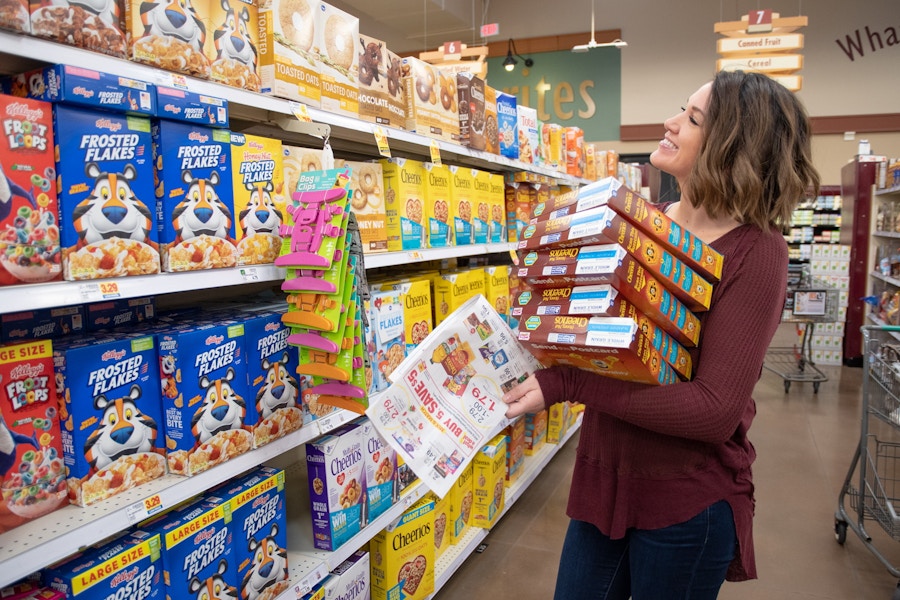
You know you want to buy at the six-month stock up price, but how, exactly, do you plan for that?
Products go on sale in cycles. This is often intuitive, meaning it makes sense based on the season. February offers great deals on cold and flu medication and Kleenex because people tend to be sick in the winter. But sometimes there’s no real reason for seasonal sales. Like in March, body wash and deodorant are great things to stock up on. Why? No idea. People are stinkier at the beginning of spring, I guess? Maybe there’s no real reason.
Lucky you, I wrote a whole article about the best groceries to stockpile by month of the year so you can anticipate great deals and use your $10 per week wisely.
(Non-grocery items have a seasonality to sale cycles too. To learn more about retail items, check out What to Buy Every Month of the Year.)
Look for freebie or moneymaking deals on personal care items.
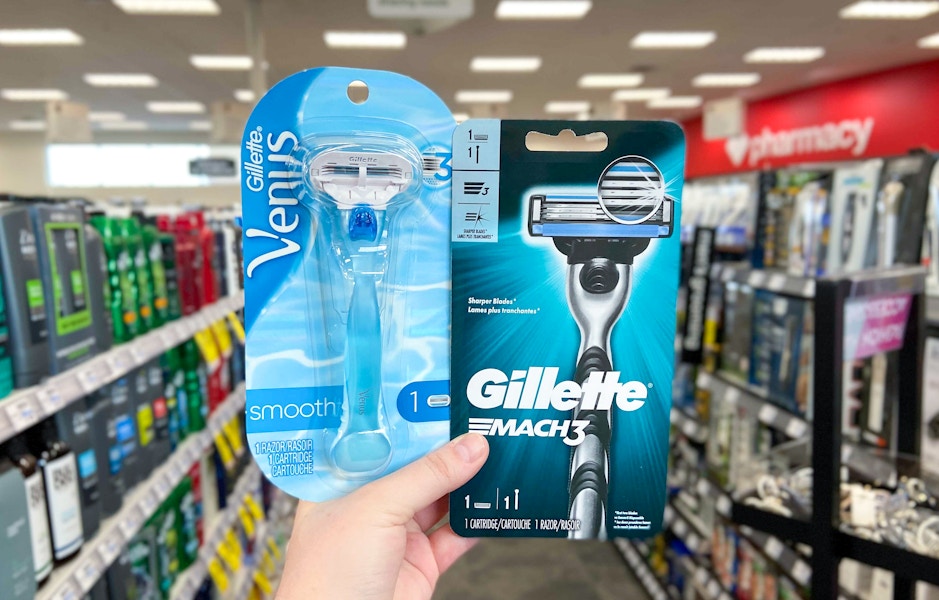
If you’re trying to stay under that $10 a week limit, freebies and moneymakers won’t even count toward your couponing budget. So, plan to do these every week and build your coupon stockpile without even paying a clean cent. Then, use your $10 budget on deals that are not in these categories.
A word about moneymakers: It’s rare for a cashier to open the till and give you dollars and change back. The way you get money back is if it’s an Ibotta rebate and the money goes into your PayPal account. If what you get back exceeds what you paid, that’s a moneymaker.
Same goes for drugstore freebie deals. You might pay a bit out of pocket, but you’ll get store rewards that you can use like cash on your next couponing deal. It’s like a wash.
I combed through historical data and found trends. These are the items I saw multiple freebie or moneymaking deals for every single month. Never, ever pay for these items!
Shampoo (Pantene, Garnier Fructis, or Suave)
Focus on one household necessity per week.
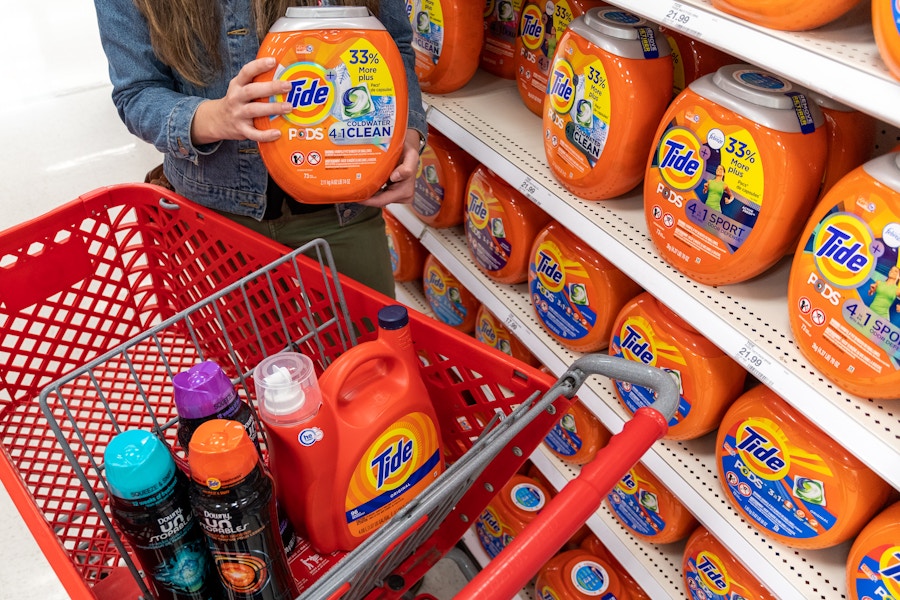
Household items like toilet paper, paper towels, laundry detergent, and diapers are some great items to stockpile first because you know you’ll use them, they tend to be more expensive, and there are frequent deals available. When you see the big savings after you cash in on items like detergent and diapers, it’ll motivate you to keep couponing and saving money.
Focus on one item per week and work little by little toward having extras on hand for each category you use:
Sample Stockpile Shopping List
Alright, you’re ready. You’ve got your coupons. You’re armed with your rebate apps. And you know how to identify a good stock up price. Let’s look at a sample shopping schedule to show you just how far your $10 per week can go.
Week 1: Peanut Butter
Peanut butter is a good source of protein, even though it’s got those fats and oils in the mix, too. If you buy the most economical 40 oz. jars, most families can get away with 6 - 8 jars per year.
The six-month low price for this size of peanut butter is $3, whether you’re buying Skippy or JIF. Three jars towards your stockpile would come out to $9.
But peanut butter coupons aren’t uncommon. Whether you’re using a manufacturer coupon or a rebate app, it’s not hard to find an extra $1 off per jar. That brings your total price per jar down to $2, which means you can get five jars for $10. That puts a significant dent in your annual stockpile! (Just be sure to check expiration dates on the jars first.)
Week 2: Pasta
This staple keeps well if you rotate regularly, and is a centerpiece of a good stockpile. To calculate how much pasta your family will need for a 12-month stockpile, take the number of boxes your family usually eats per week, then multiply it by 52.
Rozini pasta in particular is super cheap when it hits its six-month low. It can get as low as $0.25 per box. That means – if the store will let you – you could theoretically use your $10 to buy as many as 40 boxes in one fell swoop!
Week 3: Rice
On average, if you can find long grain white rice under $1 per pound, you’re getting a deal. You might be able to find it for even less depending on where you live, though. Rice keeps well and is a stockpile staple, but your goal in terms of quantity is a little higher – the average family needs about 200 pounds for a year’s worth of storage.
Food storage is something you stockpile over time, though. Ten dollars of rice is going to be about ten pounds, and that’s not a bad place to start. Plus, let’s say you have a peanut butter situation where you found the six-month stock up price of $3, but you hit one of those rare times when there’s not a coupon or rebate. Your peanut butter spend would be $9. No reason not to throw a $1 bag of rice onto that order to spend the full $10 weekly budget!
Week 4: Frozen vegetables
That freezer in the basement isn’t just for meat storage! Frozen vegetables actually hold more nutrients for longer than canned options, and the stock up price is competitive at just $0.50 per box of frozen Bird’s Eye veggies as the six-month low.
Each box is 10 ounces, so that means a $10 budget could get you 200 oz. of veggies (or 20 boxes).
TIP: While not every frozen vegetable is priced identically, many of them will be. That means you can add some variety to your shopping this week so you’re not wiping out any one particular vegetable for the other shoppers.
Week 5: Cereal
Cereal is one of those items that is really expensive when you overpay for it. But if you shop smart? You can find Kellog’s and General Mills cereals for $1.50 to $2 per box about once every six months when you combine sales, coupons and rebates.
That means you could buy five or six boxes and still stay under budget.
TIP: Cereal is an item that’s good to buy twice per year. That’s because the expiration date is usually a max of six months out.
Week 6: Toilet Paper
We all were there for 2020 – you never know! The stock up price for toilet paper is $0.02 per sq. ft. So $10 could get you 500 sq. ft.
The best part? Toilet paper doesn’t go bad. If 500 sq. ft. will last you more than six months, no sweat.





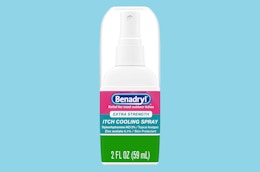

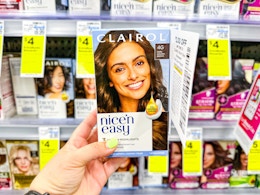

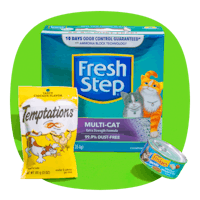

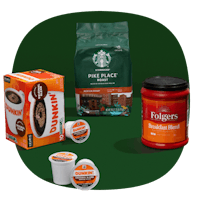
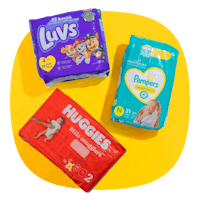
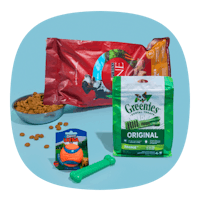

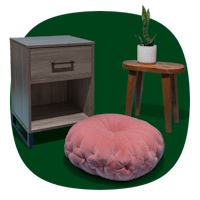
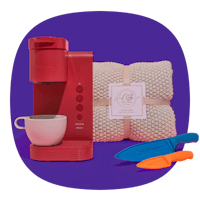
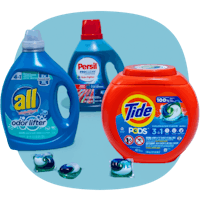





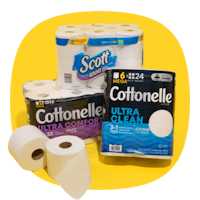





Tell us what you think